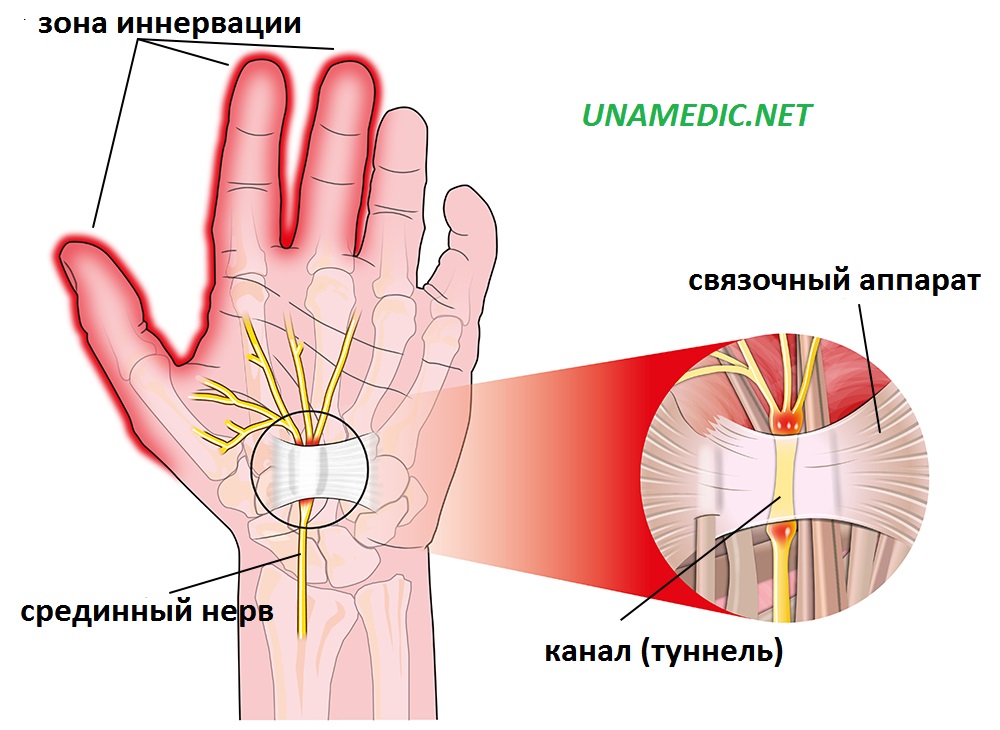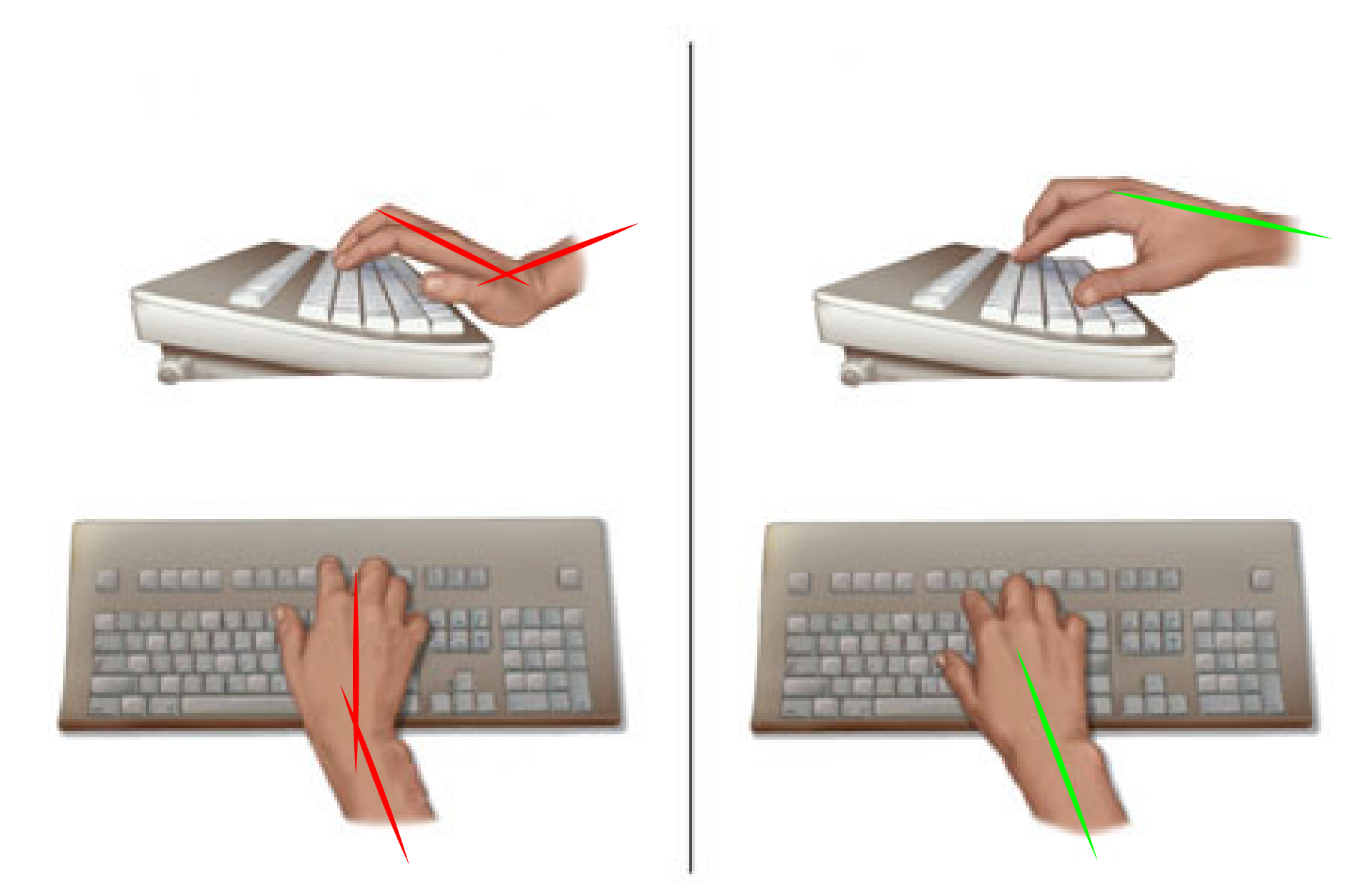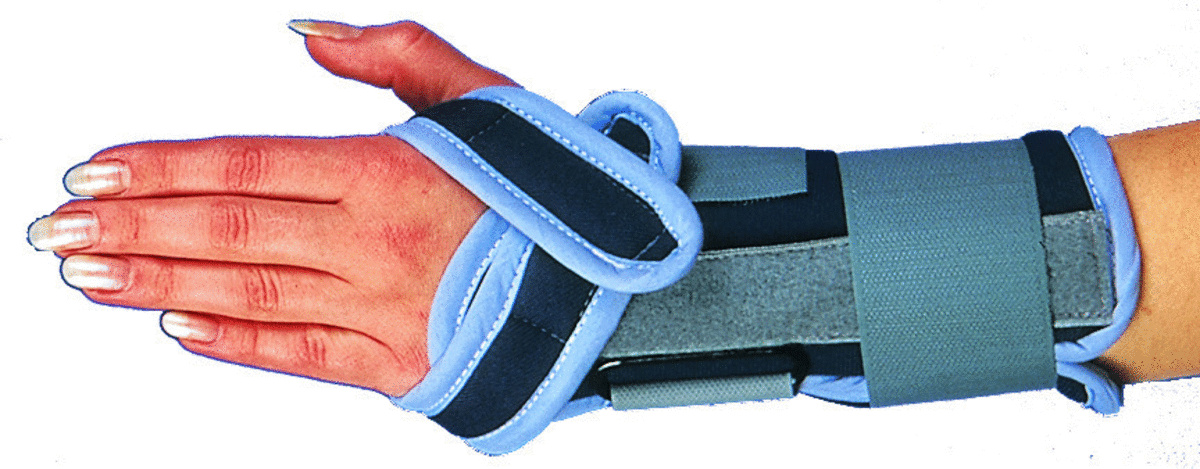When carpal tunnel syndrome occurs, pain, numbness and weakness of the thumb appear, pain and weakness can be observed in the remaining fingers - this is caused by a lesion of the median nerve. As a rule, the syndrome is a consequence of excessive passion for social networks and computer games. Damage to the median nerve leads to discomfort in the thumb, index and middle fingers. The median nerve runs through the wrist between the tendons, muscles, and bones. With the appearance of edema or a change in the position of the surrounding tissues, the median nerve is compressed and irritated. The result is pain, numbness and tingling.
Carpal tunnel syndrome is very common and occurs in 15 percent of the population. For individuals at risk, the incidence rises to 50 percent. Women get sick more often than men. Most often occurs in people aged 45 to 60 years. The disease is tied to the professional activities of patients, people working in conditions where frequently repeated power movements are used are at the greatest risk.
Pathophysiology of carpal tunnel syndrome
The carpal tunnel is a small passage through which nerves and muscle tendons pass from the forearm to the hand. It runs between the bones of the wrist and is covered by a sheath of connective tissue. The carpal tunnel is quite narrow and is located closer to the palmar surface. The structures located in it are thus located very close to each other. The carpal tunnel contains nine tendon muscles and the median nerve.

All nerves have an outer protective sheath of myelin, which improves signal transmission along them. Conditions that cause nerve damage or demyelination lead to impaired nerve signaling. In the carpal tunnel, there is a lot of pressure on the median nerve due to the fact that the tendons located in it swell due to overuse. Compression of the median nerve results in pain, numbness, and a tingling sensation. It should be remembered that the main characteristic of the pathophysiology of carpal tunnel syndrome is damage to the median nerve.
Symptoms of Carpal Tunnel Syndrome
Carpal tunnel syndrome begins with mild pain in the wrist that may radiate to the forearm or hand. People suffering from the disease are treated with the following symptoms of carpal tunnel syndrome.
Pain location.
Most often, the thumb, index, middle and ring fingers suffer, the little finger is less often affected by pain. Both hands are equally susceptible to carpal tunnel syndrome.
Feel.
Tingling or numbness of the fingers is the main symptom of the disease. Feeling disturbed after sleep or after certain activities such as driving a car, reading a book. Also, the patient may complain that his hand is cold or hot all the time.
Pain.
Carpal tunnel syndrome is characterized by pain in the wrist that spreads upward to the forearm and shoulder or descends down to the hand and fingers. The pain intensifies with power loads or the product of monotonous repetitive movements.
Weakness.
There is muscle weakness. The patient cannot hold objects in his hands for a long time or they simply fall out of his hands. The grip strength of the hand is reduced, which is determined in the course of research.
Other symptoms of carpal tunnel syndrome: some patients note stiffness of the joints of the hands and discoloration of the skin around the joints.
Causes of carpal tunnel syndrome
The main cause of carpal tunnel syndrome is compression of the median nerve. However, there are other mechanisms for the occurrence of the disease as a result of traumatic injury. Although mechanical damage does not cause carpal tunnel syndrome in its pure form, the same symptoms appear, so they must also be considered for differential diagnosis with carpal tunnel syndrome.
anatomical factors.
They arise as a result of wrist fractures, bruises leading to tissue dislocation, as a result of which the internal space of the tunnel changes. In this case, there is a lot of pressure on the median nerve without swelling of the muscle tendons.
Certain diseases, such as alcoholism and diabetes, increase the risk of damage to the median nerve.
Inflammation of the carpal tendons caused by rheumatoid arthritis or infectious diseases can cause symptoms similar to carpal tunnel syndrome.
Tumors close to the median nerve can also put pressure on it and cause pain and numbness.
Diseases associated with fluid retention in the body can also cause compression and irritation of the median nerve.
Certain occupational activities that increase pressure on the median nerve.
Among other factors that provoke the development of pathology: physical inactivity, pregnancy, breastfeeding, use of a wheelchair.

Risk factors.
Monotonous power movements of the hand are by far the most significant risk factor for the onset of the disease. Other risk factors include:
- advanced age.
- female.
- heredity.
- sudden increase in body weight.
- square wrist.
- short limbs and small stature.
Complications of the disease and diagnosis
Carpal tunnel syndrome is not a fatal disease, but if left untreated, it can lead to permanent damage to the median nerve. As a result, the functions of the affected hand are lost. As a result, a person becomes disabled. Timely diagnosis of this disease allows you to avoid unpleasant complications.
Symptoms along with the clinical picture indicate the occurrence of carpal tunnel syndrome. Certain functional tests along with clinical studies support the diagnosis. Little finger numbness when holding a newspaper or phone can be a symptom of carpal tunnel syndrome.
The sensitivity of the fingers and the strength of the muscles of the hand are being studied. An x-ray of the wrist can rule out a fracture or arthritis of the wrist. An electromyogram measures electrical impulses in the muscles of the wrist, thanks to its results, it is found out if there is any damage to the muscles of the wrist. The study of the conduction of the median nerve shows the condition of the median nerve. In the affected nerve, the passage of electrical impulses is slow. An increase in wrist thickness may also indicate the occurrence of carpal tunnel syndrome.
Treatment of carpal tunnel syndrome
Treatment depends on the severity of the symptoms. Treatment for carpal tunnel syndrome can range from a simple healthy lifestyle to surgery:
- simple immobilizing devices can alleviate the symptoms of the disease.
- physiotherapy and physical education also prevent the development of the disease and facilitate its manifestations.
- non-steroidal anti-inflammatory drugs provide temporary relief from pain that occurs.
- corticosteroids reduce swelling and pressure on the median nerve, resulting in pain and inflammation.
- treatment of the underlying disease such as diabetes or arthritis can relieve the symptoms of carpal tunnel syndrome.
- pain medications also temporarily relieve symptoms that occur when the median nerve is compressed.
There are surgical treatments for carpal tunnel syndrome. They are used in case of a long-term severe course of the disease. It consists in cutting during surgery the ligaments that compress the nerve. It can be performed as an open operation or endoscopically.

Prevention of carpal tunnel syndrome
The best prevention of carpal tunnel syndrome is a healthy lifestyle and fitness activities - they can alleviate or completely get rid of the symptoms of the disease. It is also possible to wear a splint on the wrist, gymnastics when performing monotonous work. When you try to completely stop physical activity on the arm, the condition worsens. If it is not possible to change the activity that caused carpal tunnel syndrome, you need to rest your hands more often and do relaxation exercises.

